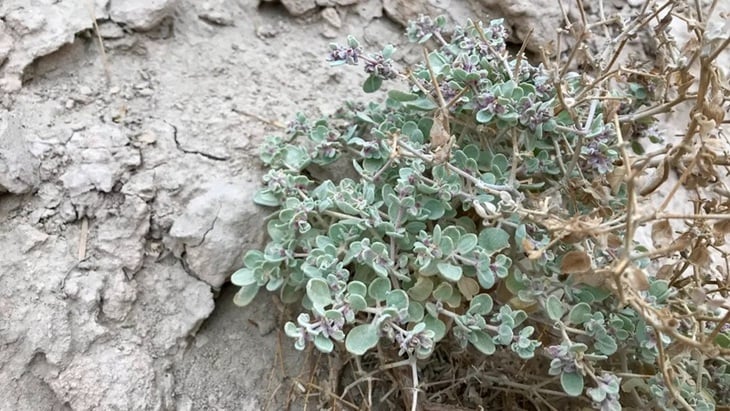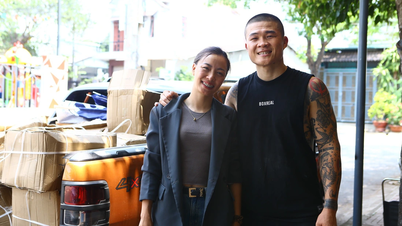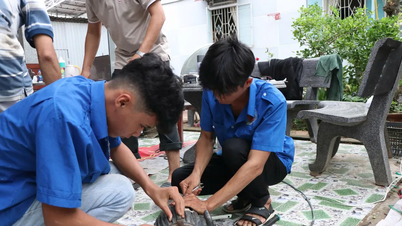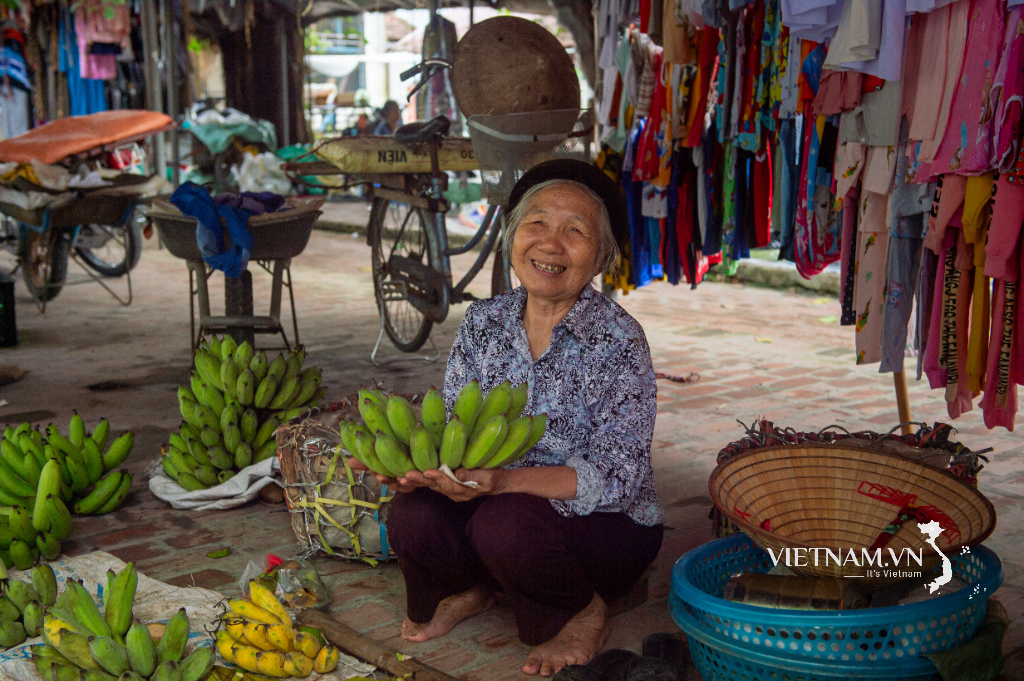
The shrub Tidestromia oblongifolia is capable of photosynthesis in extremely high temperatures - Photo: KARINE PRADO
Summer temperatures in California's Death Valley often rise above 115 degrees Fahrenheit (49 degrees Celsius) in the shade. Most plants wilt in such heat, but the Tidestromia oblongifolia shrub thrives, according to LiveScience on November 20.
The team found that the grey-green flowering shrubs had grown smaller leaves and rearranged parts of their bodies to thrive in extremely hot conditions.
The team also found that they are capable of photosynthesis at higher temperatures than any known plant species.
To make this discovery , the team grew Tidestromia oblongifolia in pots under normal conditions. When they were eight weeks old, the team exposed the plants to the harsh environment of Death Valley for a month.
The team observed how Tidestromia oblongifolia responded to acclimatization. Within two days, Tidestromia oblongifolia increased its photosynthesis rate. After 10 days, the plant's biomass tripled and it grew many leaves, but they were smaller than those grown at lower temperatures.
The most notable changes occurred inside the plant. The team found that the shrub developed more mitochondria—think of them as batteries or power plants—in its cells. These mitochondria were also more mobile, able to move closer to sites for photosynthesis.
Tidestromia oblongifolia's chloroplasts also shifted from oval to cup-shaped, and they reorganized their "transcriptome"—the entire set of RNA produced by genes in a cell or tissue at a given time. Some of the active genes focused on the plant's heat response and repair systems.
Carl Bernacchi, a plant researcher at the University of Illinois at Urbana-Champaign (USA) who was not involved in the research, said the strategies for surviving and growing in high temperatures of the shrub Tidestromia oblongifolia could "help increase the resilience of crops not only for the future, but also for places in the world where food is scarce."
The study was published in the journal Current Biology.
Source: https://tuoitre.vn/phat-hien-bi-mat-cua-loai-cay-chiu-nong-den-49c-20251121141940513.htm
















































































































Comment (0)